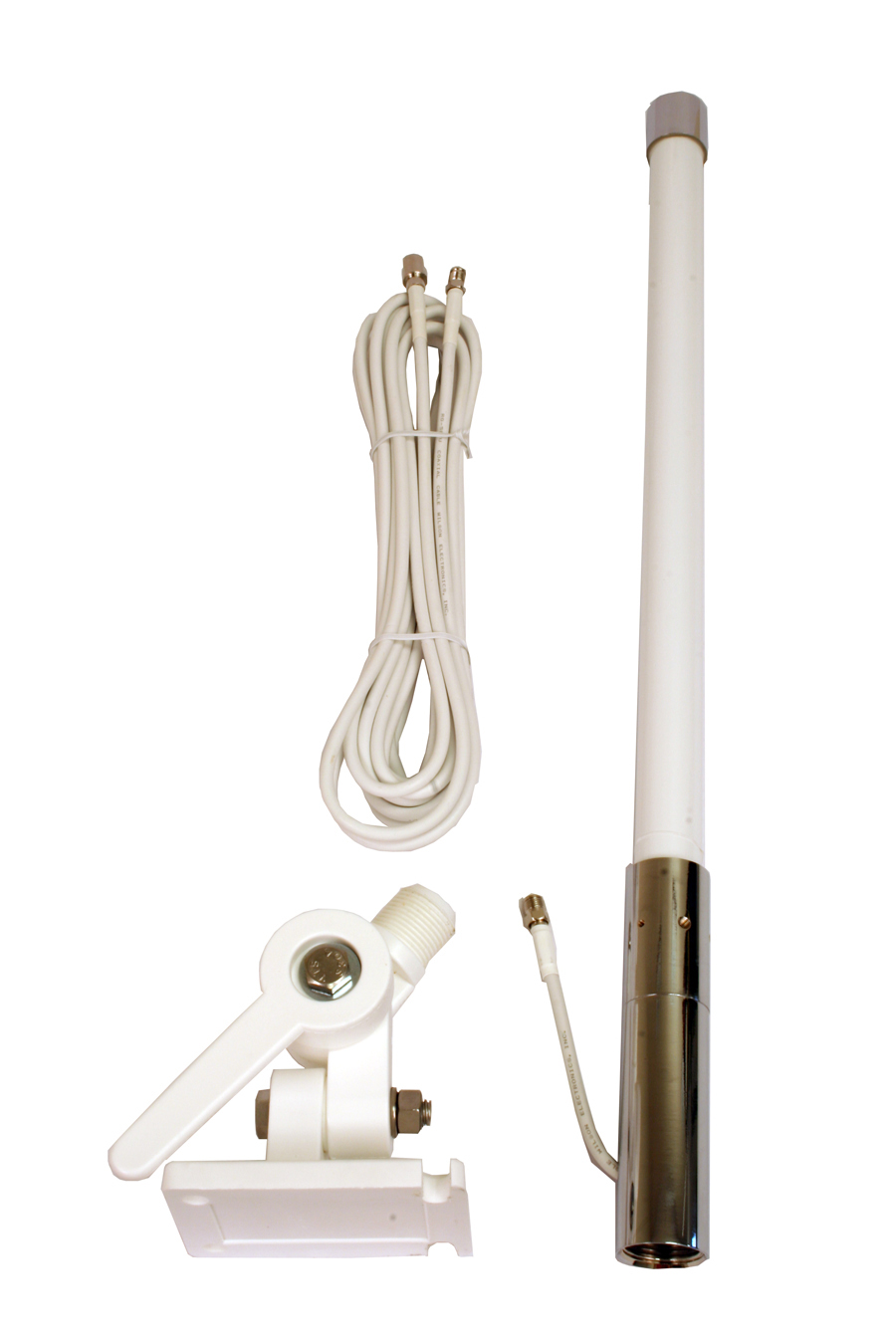
Shape & Strength
As mentioned, omni-directional antennas send and receive signals in all horizontal directions from the antenna. If you were to visualize the coverage area for an omni antenna, it would look like a doughnut with the antenna in the middle. Since the radio waves are being sent in all directions, the strength of the signal is less than you would find from a directional antenna, which concentrates the signal in a specific direction, but you're able to cover a broader area and be less precise on the positioning of the antenna.
Omni antennas are typically rated by their gain, which describes the shape of the antenna's signal and how much reach it has. An omni-directional antenna with a higher gain will have a flatter shape and cover a wider area, and thus will result in a more powerful signal from the cellular provider towers.
When to Use
Omni antennas are best suited for situations where you need to support multiple cell phone carriers, each with their own cell tower, and are already receiving at least three bars of signal outside of your building or vehicle. An omni antenna would then be able to pick up the signal from each of the carriers you need to support, and supply that signal to an amplifier, which would then boost it inside your building or vehicle. If you're receiving very weak signal at your location, then you might need to use a more powerful antenna, like a yagi directional antenna, to ensure that you have a strong enough signal to amplify.
Overall, omni-directional antennas are the most common antenna type used with cell phone signal boosting equipment. If you feel like your situation might warrant a directional antenna, please feel free to contact us for clarification.
